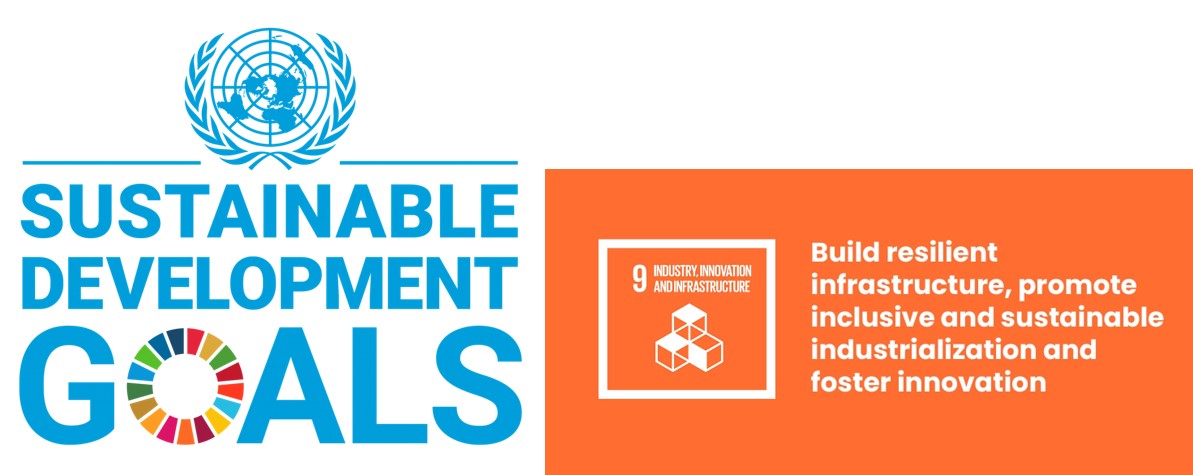
How Biomaterials Support the Achievement of SDG 9
The 17 Sustainable Development Goals (SDGs) are the heart of the United Nations’ 2030 agenda. Adopted in 2015 by 193 member states, these goals focus on “leaving no one behind” and emphasise cooperative partnerships at all levels. Since their implementation in 2016, the Sustainable Development Goals (SDGs) have set the stage for global efforts to promote sustainability across economic, social, and environmental dimensions.
Why are we discussing SDGs? What is the exact link between the UN Agenda 2030 and our BIOMATDB project?
Delving into this connection reveals that biomaterials have emerged as key players in realising United Nations Sustainable Development Goal 9 (SDG 9). Set to create resilient infrastructure, advance sustainable industrialisation, and promote innovation by 2030, SDG 9 has found an ally in biomaterials. A recent study highlights how biomaterials can significantly contribute to achieving these objectives, offering environmentally friendly solutions that align with the principles of sustainability and innovation.
Biomaterials are materials designed and developed to interact with biological systems. They are bioactive materials and easily compatible with human tissue. They show a good degree of biodegradability. Commonly used in medicines, tissue engineering, manufacturing of human body parts, and other manufacturing applications, we know that they can be used in medical treatments like cancer therapy, repairing ligaments and tendons, orthopaedic applications, ophthalmic applications for designing contact lenses, wound healing, reproductive therapy of nerve generation, breast implants, and manufacturing different surgical devices. This aligns perfectly with the objective of BIOMATDB: to develop a comprehensive database and marketplace for biomaterials, providing detailed information on their properties for use in the medical sector.
Furthermore, biomaterials are emerging as transformative agents across various sectors, not only in the healthcare sector, as in the case of our project, but also in manufacturing and agriculture. Here are some key ways identified in the study in which biomaterials are contributing to the realisation of SDG 9:
Innovation: Biomaterials research and development are paving the way for environmentally friendly products and technologies. Biodegradable polymers made from biomaterials are helping reduce pollution and plastic waste. Moreover, biomaterials are being used to create innovative medical devices with improved biocompatibility, potentially leading to better patient outcomes and reduced healthcare costs.
Industry: Biomaterials are opening doors to new industries and job opportunities, particularly in rural areas. Farmers and small businesses are exploring the production of bioplastics from plant-based materials like corn and sugarcane, reducing dependence on petrochemicals and enhancing industry sustainability.
Infrastructure: Biomaterials are being integrated into the construction of infrastructure, resulting in more robust and cost-effective solutions. By adding biomaterials like bamboo, straw, or hemp fibres to concrete, structures and bridges become stronger and more resilient. Self-healing fabrics made from biomaterials are eliminating the need for expensive repairs.
The potential of biomaterials to contribute to SDG 9 is evident, and we are pleased that BIOMATDB is translating this potential into tangible actions and outcomes, aligning perfectly with the UN’s Sustainable Development Goal 9.
Author: Federica Porcu
References
Links
https://sdgs.un.org/2030agendahttps://www.researchgate.net/publication/371309364